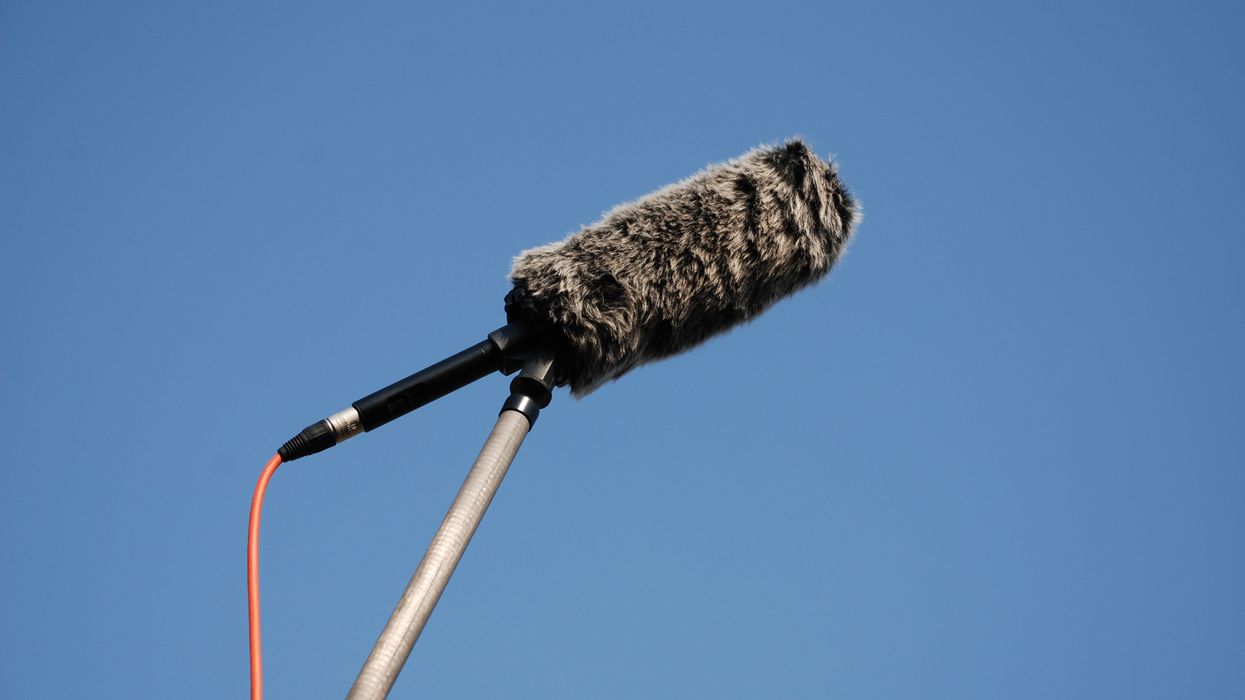Tired of the Wilhelm Scream? Learn the Basics of Foley & Sound Design
So, you've recorded some sound on location. You've got the dialog, and even some ADR. Now it's time to add -- essentially everything else.

Unless shot on a soundstage (or somewhere without sound pollution), it's actually pretty rare that when you watch a scene in a film to hear the original audio captured at the time of shooting, especially if we're talking about sound effects. It's difficult to record anything other than dialog with any kind of fidelity during a shoot, which is why sound design is primarily a post-production game that calls for extremely talented artists, like legendary sound designer Walter Murch.
Your projects are going to need a lot of sound work once you move into post, namely foley and sound effects, and Filmmaker IQ's final installment of their sound series focuses on teaching you how to tackle this step. In the video below, you'll not only learn about the interesting history of foley, but how to record it.
Granted, most of us aren't going to have access to an expensive sound studio to create and record foley, but that doesn't mean that you're relegated to settling for poorly produced sound effects from free sound effects libraries. (There are some really excellent libraries and collections out there, though.) Foley doesn't have to cost a ton of money if you get a little bit creative with the things you have -- you can record virtually anything in your backyard. And foley's just the beginning; you can create beautifully intricate ambient soundscapes by visiting your local salvage yard and banging mallets against broken bathtubs and ovens, as demonstrated by sound designer Ali Lacey.
If you're interested in strengthening your education on sound, we've got our coverage of Filmmaker IQ's series listed below:
- The History of Sound in Cinema
- The Science and Engineering of Sound
- The Fundamentals of Sound in Post Production
- Introduction to Automated Dialogue Replacement (ADR)
- The Basics of Recording Audio for Digital Video
A big thanks to our friends at Filmmaker IQ for providing us all with this great series on sound!
Source: Filmmaker IQ












